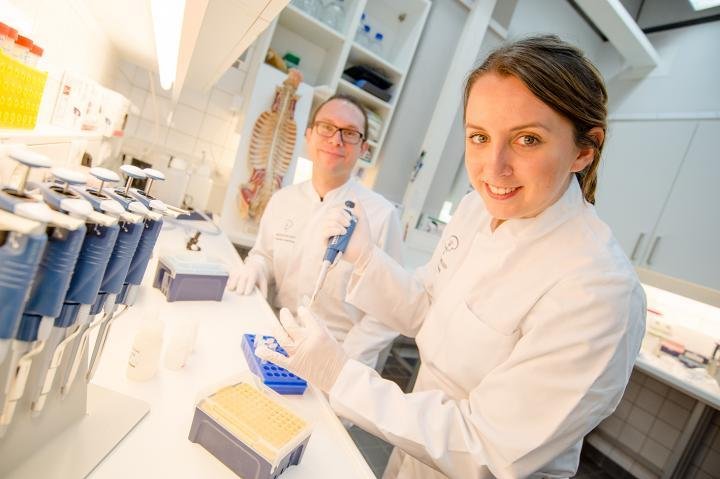Feb. 17 (UPI) -- Researchers at Ruhr University in Bochum, Germany have found the roots of hand preference may come from the spinal cord in utero and not from the brain.
Previous studies had concluded that left- or right-handedness is tied to hemispheric asymmetries in the brain. The hand preference develops in utero at about eight weeks gestation and is visible in the fetus on ultrasound at around the 13th week of pregnancy.















